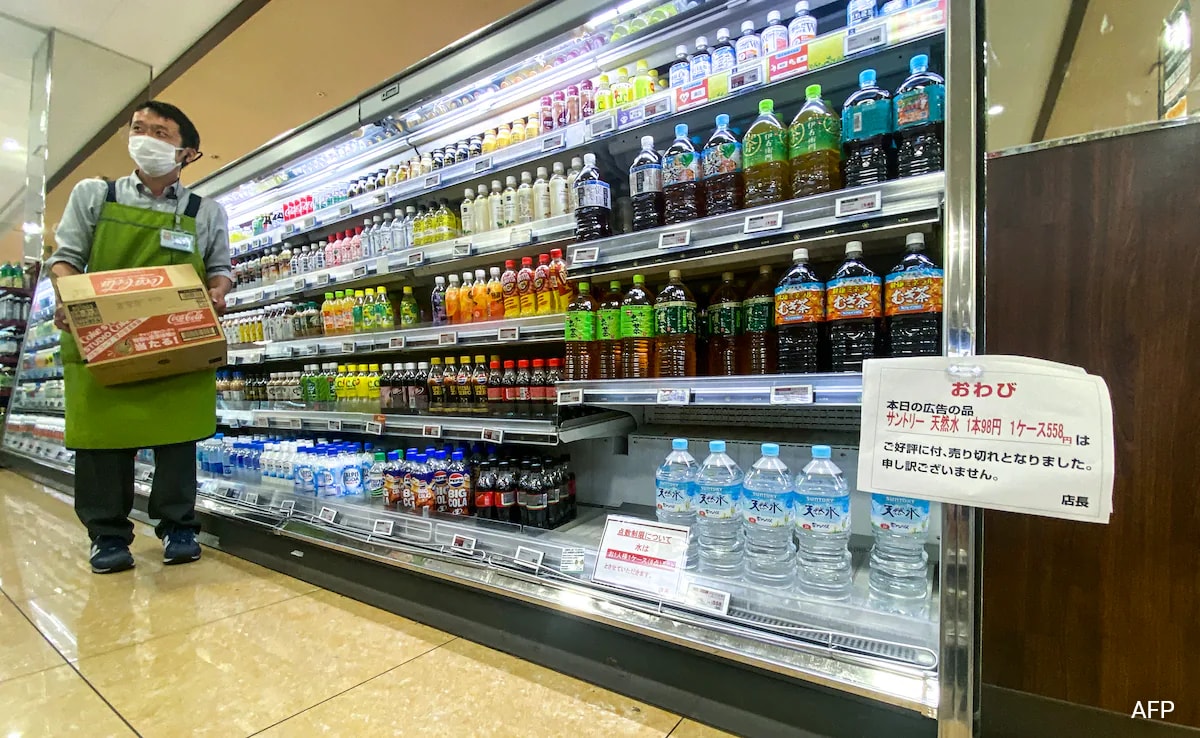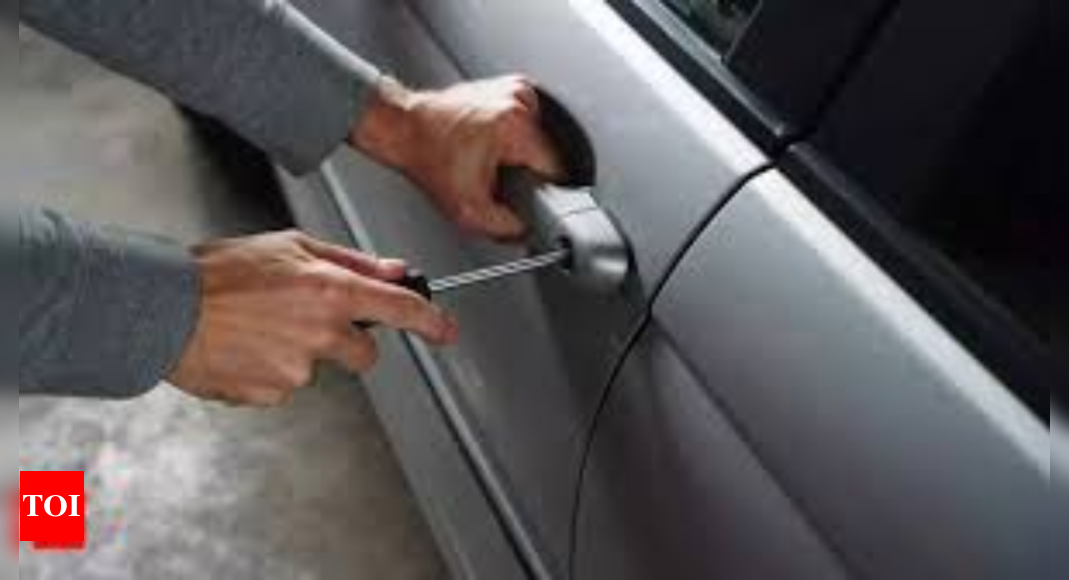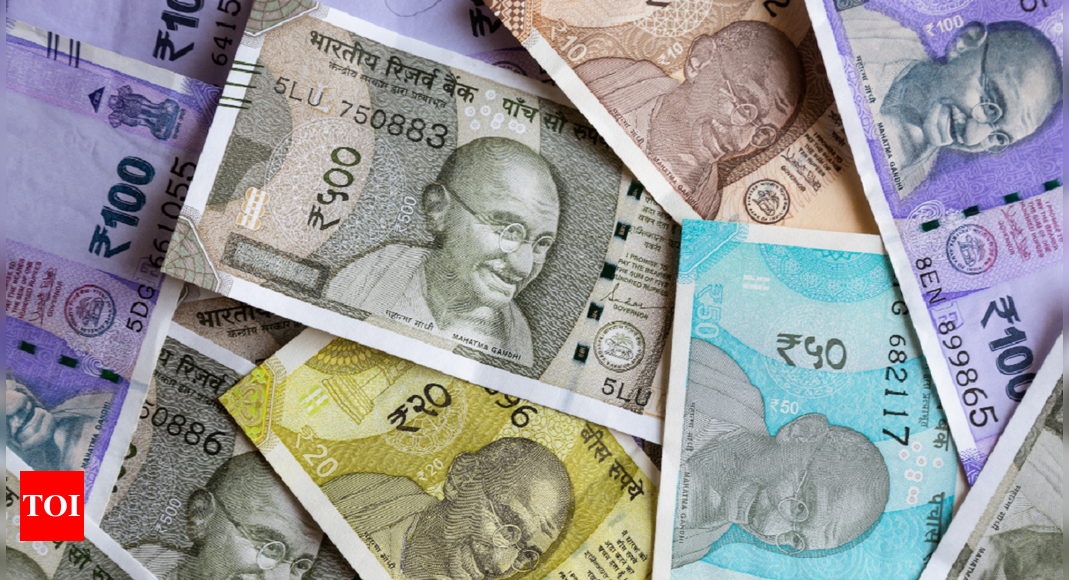
In Tokyo, some residents were ramping up their disaster preparedness.
Tokyo:
Authorities in Japan urged people to avoid hoarding as anxiety over a possible megaquake triggered a spike Saturday in demand for disaster kits and daily necessities.
In its first such advisory, the weather agency said a huge earthquake was more likely in the aftermath of a magnitude 7.1 jolt in the south on Thursday which left 14 people injured.
At a Tokyo supermarket on Saturday, a sign was put up apologising to customers for shortages of certain products it attributed to “quake-related media reports”.
“Potential sales restrictions are on the way”, the sign said, adding bottled water was already being rationed due to “unstable” procurement.
On Saturday morning the website of Japanese e-commerce giant Rakuten showed portable toilets, preserved food and bottled water topping the list of the most sought-after items.
In Tokyo, some residents were ramping up their disaster preparedness.
Bar employee Kokoro Takeuchi said she had ordered bottled water online following Thursday’s tremor.
“I’m very worried,” the 27-year-old told AFP.
“The bar I work at is underground so if a quake happens all of a sudden, there’s a good chance we might not be able to escape. So I’ve been trying to figure out how best to evacuate,” she said.
But others were more resigned to the inevitability of the megaquake.
“I am worried of course, but overthinking about it will get you nowhere”, company worker Mika Nakagawa, 34, told AFP.
“If it happens, then that’s that,” she said.
Some retailers along the Pacific coastline also reported similar disaster-related supplies in high demand, according to local media reports.
The advisory concerns the Nankai Trough “subduction zone” between two tectonic plates in the Pacific Ocean, where massive earthquakes have hit in the past.
– Low risk –
It has been the site of destructive quakes of magnitude eight or nine every century or two, with the central government previously estimating the next big one would strike over the next 30 years roughly with a 70 percent probability.
Experts however emphasise the risk, while elevated, is still low, and the agriculture and fisheries ministry urged people “to refrain from excessively hoarding goods”.
A magnitude-5.3 tremor rocked the Kanagawa region near Tokyo Friday, triggering emergency alarms on mobile phones and briefly suspending bullet train operations.
Most seismologists believe the Friday jolt had no direct link to the Nankai Trough megaquake, citing distance.
On social media platform X, spam posts taking advantage of fears over the megaquake are rapidly mushrooming.
Public broadcaster NHK said spam disguised as helpful quake-related tips was being posted every few seconds on X, with links that instead direct users toward porn or e-commerce sites.
Such posts are “making it increasingly difficult for users to reach genuine information about quakes”, NHK said.
Sitting on top of four major tectonic plates, the Japanese archipelago of 125 million people sees some 1,500 quakes every year, most of them minor.
On January 1, a 7.6-sized jolt and powerful aftershocks hit the Noto Peninsula on the Sea of Japan coast, killing at least 318 people, toppling buildings and knocking out roads.
(Except for the headline, this story has not been edited by NDTV staff and is published from a syndicated feed.)









